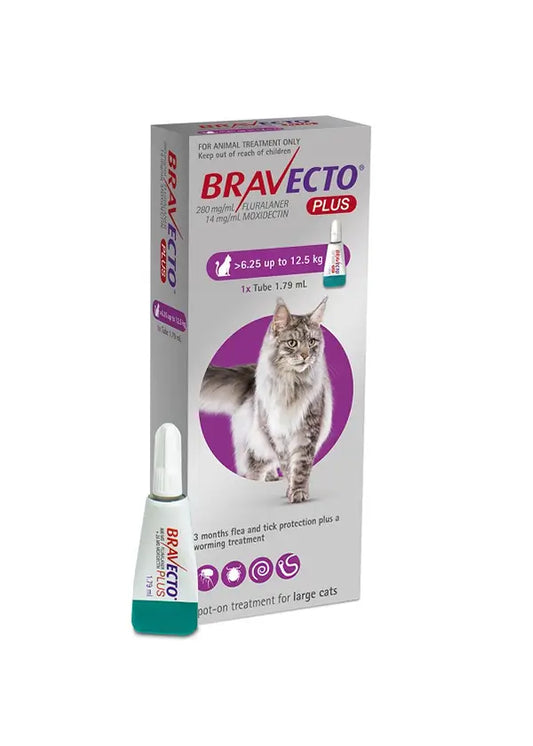
Ticks in Dogs and Cats: What You Need to Know About Lyme Disease
Ticks are more than just pesky parasites — they’re dangerous carriers of diseases that can seriously harm your pets. One of the most well-known tick-borne illnesses is Lyme disease, and it doesn’t just affect humans. Dogs, and occasionally cats, are also at risk. Knowing how to protect your pets from ticks and Lyme disease is crucial, especially during the warmer months when ticks are most active.
What Is Lyme Disease?
Lyme disease is caused by the Borrelia burgdorferi bacteria, which is transmitted through the bite of infected black-legged ticks (commonly known as deer ticks). Once infected, dogs can suffer from fever, lethargy, joint pain, and loss of appetite. In more severe cases, Lyme disease can lead to kidney failure, long-term joint damage, or even neurological issues.
While cats are less commonly affected, it doesn’t mean they’re immune. Ticks can still latch onto your feline friend and cause skin irritation or transmit other tick-borne illnesses.
Where and When Is the Risk Highest?
Ticks thrive in grassy, wooded, and humid environments — making outdoor adventures risky during tick season, which peaks in spring and summer. Dogs who go hiking, camping, or even for a walk through a field are especially at risk.
You don’t need to live in a heavily wooded area to have a tick problem. Ticks can be found in backyards, parks, and urban gardens. Anywhere there’s long grass or shrubs, there could be ticks waiting.
How to Spot Ticks on Your Pet
Ticks are sneaky. After latching on, they often crawl to warm, hidden areas like under the collar, behind the ears, between the toes, or around the groin. You might not notice them until they’ve already fed and grown in size.
Signs of tick-borne illness in dogs and cats include:
- Sudden lameness or limping
- Swollen joints
- Fever or chills
- Lethargy or depression
- Reduced appetite
If you see any of these symptoms — especially after finding a tick — consult your vet right away.
Preventing Ticks and Lyme Disease in Pets
The good news? Lyme disease is preventable. Here’s how to protect your pets:
- Use effective tick treatments: Products like Bravecto, Advantage, Advocate, Simparica Trio, and NexGard are trusted by pet owners worldwide for reliable, long-lasting tick and flea protection. These treatments are available on our store without a vet prescription (no Rx needed) and can help break the tick life cycle before it begins.
- Natural grooming solutions: We also stock natural grooming products like WashBar’s all-natural dog and cat shampoos, which help remove ticks before they latch and soothe irritated skin.
- Daily tick checks: After walks or playtime outdoors, check your pet thoroughly — especially around the ears, neck, and paws.
- Maintain your yard: Mow regularly, remove leaf litter, and reduce dense vegetation where ticks thrive.
- Ask about vaccines: In tick-heavy regions, Lyme disease vaccines for dogs may be a valuable added layer of protection.
What To Do If You Find a Tick
If you spot a tick, don’t panic — just act quickly. Use fine-tipped tweezers to remove it gently by the head. Disinfect the area and keep an eye out for symptoms over the following weeks. If your pet starts acting differently or shows any of the signs mentioned earlier, contact your vet promptly.
Ticks are tiny, but they pose a serious threat to the health of our furry friends. Lyme disease in dogs and cats is on the rise, but it’s also highly preventable. Using proven tick treatments like Bravecto, Advantage, Advocate, and NexGard, alongside natural cleaning products and daily checks, can go a long way in keeping your pet safe.
At No Prescription Pets, we make it easy to stay ahead of tick season. We offer effective, vet-trusted tick preventatives with no vet visit needed — shipped directly to your door. Keep your pets safe, clean, and tick-free this season.













